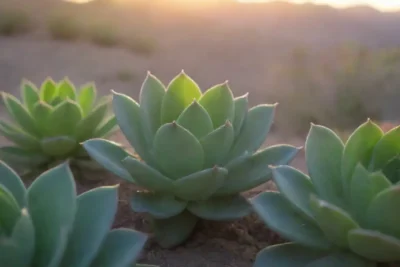
Signs Your Succulent Needs More Water: A Detailed Checklist
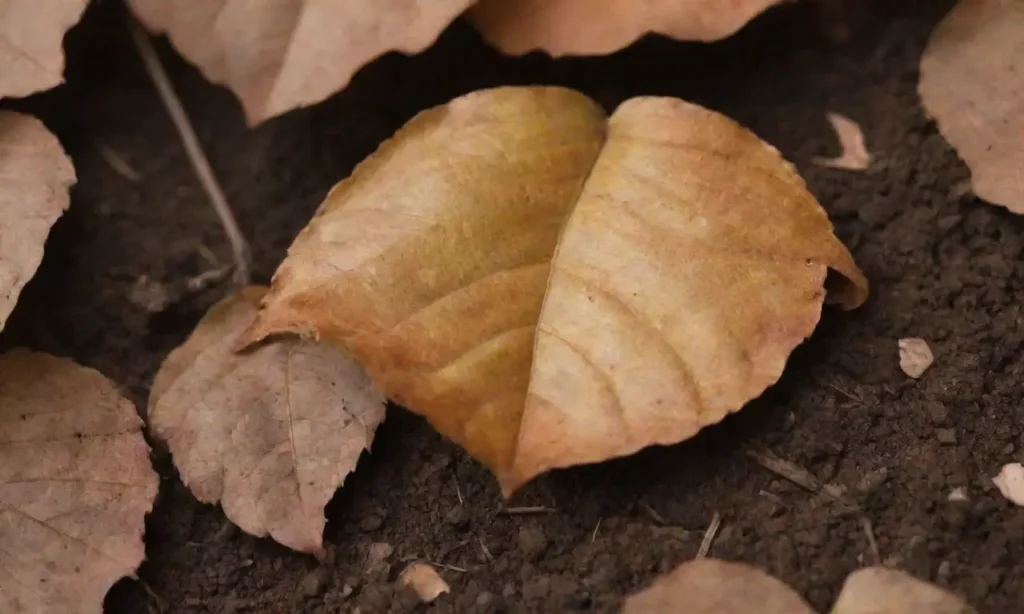
Introduction
Succulents have gained immense popularity over the years, not just for their beautiful forms but also for their resilience and low maintenance requirements. These drought-tolerant plants store water in their thick, fleshy leaves, stems, or roots, allowing them to thrive in arid conditions. However, just like any other plant, they have specific watering needs that vary depending on factors such as species, environment, and climate. Understanding these needs is essential to ensure your succulent's health and longevity.
This article will provide you with a detailed checklist of signs that indicate your succulent may require more water. By thoroughly understanding these indicators, you will be better equipped to maintain the optimal watering regime for your green companions. Whether you are a novice or an experienced succulent owner, recognizing these warning signs will help you create a thriving indoor or outdoor setting for your beautiful plants.
Understanding Succulent Watering Needs
The Basics of Succulent Watering
One of the most common misconceptions about succulents is that they do not require water at all. While they are indeed hardy plants that can survive extended periods without water, they still need a proper watering schedule to remain healthy. Overwatering and underwatering can both lead to severe problems, including root rot or dehydration, which can be detrimental to your plant's health. To find the right balance, understanding the environmental conditions surrounding your succulent is paramount.
Succulents generally prefer a free-draining soil that allows excess moisture to escape. It's important to note that their watering needs can fluctuate with seasonal changes, so it’s advisable to adjust your care routine accordingly. For instance, during the hotter months, your succulents may require more frequent watering than in the winter when they enter a dormant phase. Soil type, pot material, and humidity levels can all influence these watering requirements.
Another important aspect to consider is the method of watering. Watering deeply but infrequently is often the recommended approach, as this allows the soil to dry out completely between waterings. Use a good quality soil moisture meter or simply insert your finger about an inch into the soil to check moisture levels. This will give you a clearer picture of when your succulents need watering.
How Succulents Show Signs of Water Stress
Succulents are intelligent plants; they have adaptations that help them respond to water stress efficiently. The signs of water deficiency can manifest both above and below the soil. The first task of any plant owner is to become familiar with the specific visual cues that indicate needs. The most noticeable signs may include wrinkling leaves, discoloration, and stunted growth. Understanding these signs is crucial for creating a reactive care regimen that fits your plant's specific needs.
Plants are often endangered before they show visible symptoms; hence, it's essential to monitor them closely. Factors such as the plant's size, type, ambient conditions, and potting medium can all impact how quickly these signs appear. Fungal problems can develop if the plant is receiving excess moisture, causing many to ignore or overlook signs of drowned roots until significant damage occurs. Being observant of your succulent's overall health, growth rate, and appearance can make all the difference.
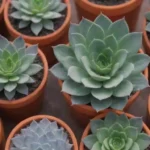 Watering Succulents: The Definitive Guide to Perfect Hydration
Watering Succulents: The Definitive Guide to Perfect HydrationSigns That Indicate Your Succulent Needs More Water
Wrinkled or Shriveled Leaves
One of the most immediate indicators that your succulent may need additional water is the appearance of wrinkled or shriveled leaves. When a succulent is deficient in moisture, the leaves can lose their plumpness and begin to look deflated. This happens because the plant is using its stored water reserves to survive, resulting in a visibly altered shape. Wrinkling is particularly noticeable in leaves that are normally thick and fleshy.
Another aspect to observe is how the leaves feel. Healthy succulent leaves should feel firm and slightly fleshy. If you gently squeeze or touch a leaf and it feels papery or leathery, this may indicate that the plant is critically low on water. Additionally, some succulents may begin to drop leaves when they are under-watered. If you find fallen leaves or see leaves becoming mushy at their base, it is often a sign that the plant is desperately seeking moisture.
Color Changes in Leaves
Color changes can be another tell-tale sign that your succulent might be thirsty. Underwatered succulents can exhibit dull, discolored leaves; some might even take on a reddish or brownish tint. Such color shifts are often a plant’s way of signaling stress. When water is scarce, the plant may also begin to lose its vibrant green hue, exhibiting shades that appear faded or washed out.
Moreover, some species of succulents, like Echeveria, tend to develop a more pronounced color transition when they are stressed due to lack of water. Their leaves might start to turn deep purple or red when they are in dire need of watering. Conversely, if your succulent is exhibiting vibrant colors under normal conditions, this often signifies that it is receiving adequate moisture and light.
Leaf Drop and Stunted Growth
A more serious indication that your succulent may need more water is leaf drop. While some species naturally shed older leaves as part of their growth process, excessive leaf drop, especially if coupled with wrinkling or discoloration, can indicate a moisture issue. The plant might be entering a survival mode due to lack of hydration, and as a result, it's shedding its leaves to conserve what little moisture it has left.
Another concerning sign is stunted growth. If you notice that your succulent has stopped growing altogether, or its growth seems sluggish, it might be a cry for help. Insufficient moisture can halt the photosynthesis process, causing plants to stop or slow their growth cycles. However, these signs sometimes can be mistaken for dormancy, especially if your succulent naturally slows down in the colder months. It’s crucial to consider the timing of these signs to differentiate between natural cycles and genuine distress.
Additional Factors Impacting Water Needs
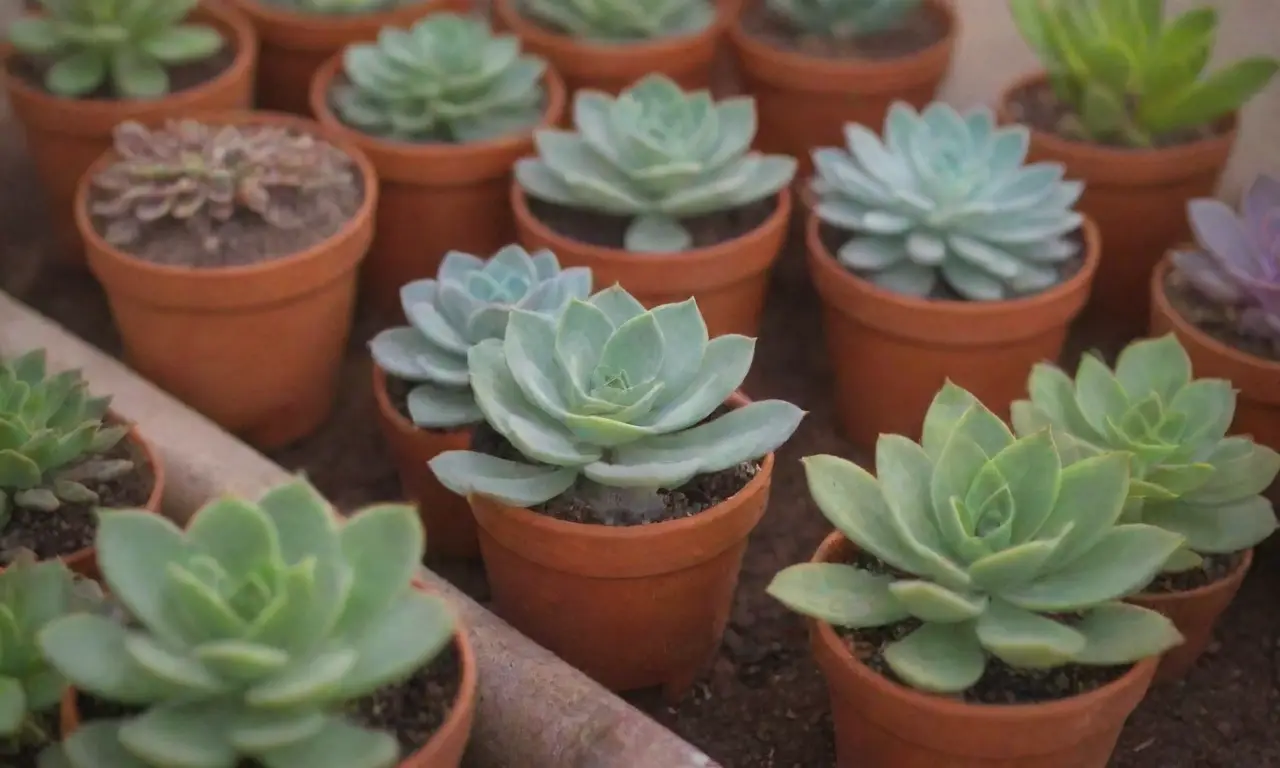
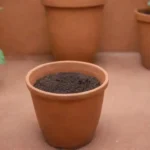 Why the Type of Pot Matters for Proper Succulent Watering
Why the Type of Pot Matters for Proper Succulent WateringEnvironmental Conditions
It’s essential to consider that environmental conditions significantly influence how much water your succulent needs. Factors like temperature, humidity, and light exposure can either accelerate or slow down the rate at which soil dries out. For instance, during hot and dry seasons, succulents will naturally require more water due to increased evaporation rates.
When placed outdoors, particularly in direct sunlight, your succulents may lose moisture at a faster rate and require additional watering. On the other hand, if your plant is housed indoors in a cooler environment with lower light, it may not need watering as frequently. Thus, being vigilant about the conditions surrounding your plant becomes crucial to determine appropriate watering schedules.
Soil Type and Pot Material
The type of soil and pot material can also profoundly impact how quickly your succulents absorb and retain moisture. Well-draining soil mixes, often consisting of organic and inorganic materials, allow for better drainage and air circulation around the roots while still retaining enough moisture. A pot with drainage holes at the base promotes excess moisture escape. On the contrary, using a heavy clay-based soil or a non-draining pot can lead to water retention and overwatering, which could suffocate the roots.
It’s essential to choose a soil mix specifically designed for cacti and succulents. Such mixes typically include materials like pumice, perlite, and coarse sand to ensure that water flows quickly through, thus preventing soggy roots. Additionally, using terracotta pots can help absorb excess moisture due to their porous nature, allowing for better moisture management.
Watering Technique
How you water your succulents can also make a major difference in their health and moisture levels. Overhead watering, where water is poured directly onto the leaves, can lead to fungal issues and rot if moisture sits on the leaves or remains trapped in the crevices. Instead, it’s recommended to water from the base, allowing the plant to soak up what it needs. Another effective technique is the "soak and dry" method, where you thoroughly saturate the soil and then allow it to dry out before the next watering.
Signs from the Soil
Lastly, don’t overlook signs that may be emanating from the soil itself. Using a finger test or moisture meter can be effective in determining the dryness of the soil. A dry topsoil layer several inches deep is often an indication that your succulent requires watering. Conversely, if the soil feels saturated or soggy even at the surface, it’s likely that your succulent is suffering from overwatering. It’s important to strike the right balance to ensure the best care for your plants.
Conclusion
Taking care of succulents is both an art and a science. By developing an awareness of their specific moisture needs, you can create a nurturing environment that allows these charming plants to thrive. The signs your succulent needs more water—including wrinkled leaves, color changes, and stunted growth—are critical indicators to keep an eye on. Environmental factors, such as temperature, humidity, and proper drainage, can greatly influence watering requirements, making it imperative to adapt your care routine accordingly.
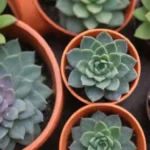 Top 10 Tips for Successfully Watering Your Succulent Arrangements
Top 10 Tips for Successfully Watering Your Succulent ArrangementsIn summary, consistent observation and responsive care will ultimately lead to healthier succulents. Embrace the learning curve that comes with nurturing these hardy yet sensitive plants. With the right attention, knowledge, and a willingness to adapt, your succulents will flourish and remain a beautiful part of your home or garden for years to come. Happy planting!
If you want to read more articles similar to Signs Your Succulent Needs More Water: A Detailed Checklist, you can visit the Watering Tips category.

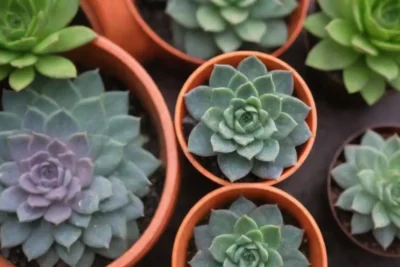
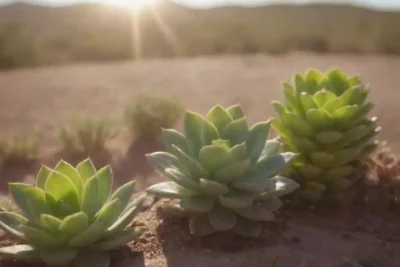
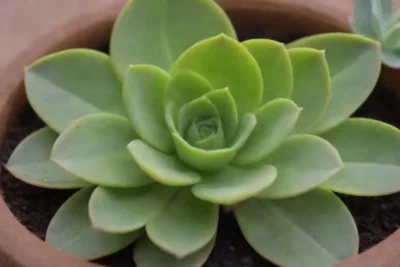
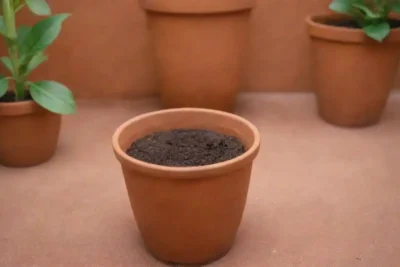
You Must Read